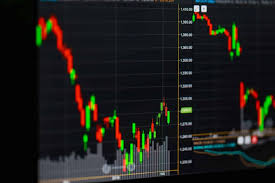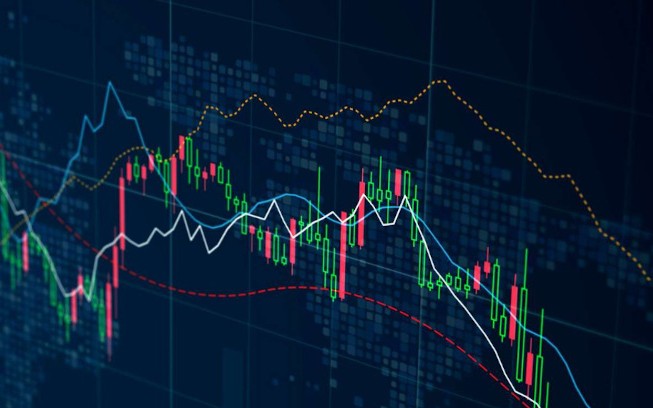
Forex trading online has become increasingly popular among investors and traders around the world. As the largest financial market, the Forex (foreign exchange) market offers daily trading volumes exceeding $6 trillion. This immense activity presents abundant opportunities for individuals to profit from fluctuations in currency pairs. For those wanting to delve deeper into the world of Forex trading, it’s essential to understand the mechanics involved and the strategies that can lead to success. You can also check out resources available at forex trading online exbroker-turkiye.com for additional insights.
Understanding Forex Trading Online
The fundamental concept behind Forex trading is relatively simple. Traders buy one currency while simultaneously selling another, engaging in a currency pair trading mechanism. The prices of these pairs fluctuate based on a variety of economic, political, and technical factors. Currency pairs are typically divided into three categories: major pairs (like EUR/USD), minor pairs (like AUD/NZD), and exotic pairs (like USD/SGD).
Key Terminology in Forex Trading
Before diving into trading strategies and tools, it’s crucial to familiarize yourself with some key Forex terminology:
- Bid and Ask Prices: The bid price is the amount of money a trader is willing to pay for a currency, while the ask price is the price a seller is willing to accept.
- Spread: The difference between the bid and ask price. It represents the cost of entering the trade.
- Pip: Stands for “percentage in point” and is the smallest price change a given exchange rate can make based on market convention.
- Leverage: A mechanism that allows traders to control a larger position than their actual capital. It can magnify profits but also increases the risk of losses.
Strategies for Successful Forex Trading
Implementing the right strategies can greatly affect your success in Forex trading. Here are some popular strategies to consider:

1. Scalping
Scalping is a short-term trading strategy that involves making numerous trades throughout the day to profit from small price movements. Scalpers aim to make small and frequent profits, often holding trades for just a few seconds or minutes.
2. Day Trading
Day traders open and close their positions within the same trading day, avoiding overnight risk. This strategy requires good timing and a solid understanding of when to enter and exit trades.
3. Swing Trading
Swing traders hold their positions for several days or weeks, aiming to profit from expected upward or downward market shifts. This strategy is less stressful than day trading and allows traders to take advantage of medium-term trends.
4. Position Trading
Position traders hold onto their trades for an extended period, ranging from weeks to months. The focus here is on long-term trends and fundamental analysis rather than short-term market fluctuations.

Essential Tools for Forex Traders
The right tools can enhance your trading experience and contribute to informed decision-making:
- Trading Platforms: A reliable platform is essential for executing trades efficiently. Popular platforms include MetaTrader 4 (MT4) and MetaTrader 5 (MT5).
- Technical Analysis Tools: Charts and indicators help traders analyze price movements and identify trending patterns. Common indicators include Moving Averages, Relative Strength Index (RSI), and Bollinger Bands.
- Economic Calendars: Keeping track of significant economic events is vital as they can influence currency prices tremendously. An economic calendar outlines events such as employment reports, interest rate decisions, and GDP announcements.
Risk Management in Forex Trading
Forex trading can be risky, and it’s important to establish a strong risk management plan. Here are key risk management strategies:
- Setting Stop Losses: Always set a stop-loss order that limits your losses. This ensures that when the market moves against you, your position closes automatically at a specified loss point.
- Position Sizing: Determine how much of your capital to risk on a single trade. A common guideline is to risk no more than 1-2% of your account balance on any one trade.
- Emotional Control: Maintaining discipline and avoiding emotional decision-making are key components of successful trading. Stick to your trading plan and avoid chasing losses.
Conclusion
Forex trading online offers the potential for significant financial gains, but it also requires careful planning and risk management. As you embark on your Forex journey, take the time to educate yourself, develop a trading strategy that suits your style, and utilize the necessary tools and resources. Always remember to trade responsibly and never risk more than you can afford to lose.
With persistence, discipline, and the right approach, you can navigate the complexities of the Forex market successfully. Start your trading adventure today, and harness the potential of global currency markets!

Recent Comments